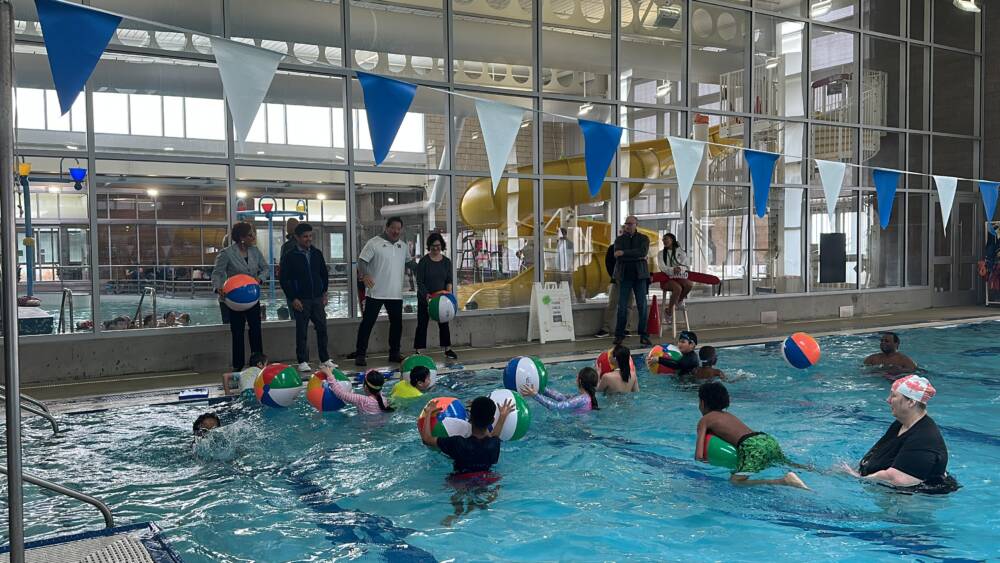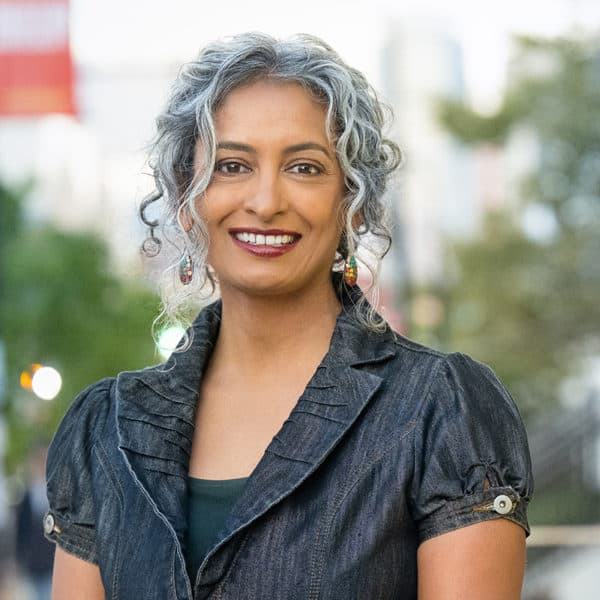Advertisement
'A basic human right': Seattle aims to address race disparity in drowning deaths

Children of color face multiple barriers when it comes to learning how to swim.
The impact of those barriers can be fatal, with the Centers for Disease Control and Prevention reporting the drowning death rate for Black Americans is 1.5 times higher than the rate for white Americans.
“That disparity exists for a variety of reasons, and what we're talking about is a life skill, a basic human right that all individuals should possess, but particularly children,” says AP Diaz, the superintendent of Seattle Parks and Recreation. “It's particularly important in the city of Seattle. We are a city of water surrounded by lakes and the sea and the coast.”
Diaz helps lead a new initiative called Swim Seattle to tackle racial disparities in drowning deaths. The pilot program offers free swimming lessons to school-aged children to help them become proficient in swimming.
“The way that Swim Seattle works is that you go through a series of six sessions that take you to a point and a goal of being comfortable in the water,” Diaz says, “learning basic safety etiquette, learning how to swim, use the right types of stroke, how to breathe, learning what the water is, how not to panic so that you're really comfortable in an environment.”
Cost is a barrier for many families to afford swimming lessons in Seattle and beyond.
Jim Spiers, president of the national nonprofit Stop Drowning Now owns swim schools across the country. Whether families send their kids go to a YMCA-type program or attend a higher-end private swim school, they can pay anywhere from $10 to $55 a lesson, Spiers says.
“Imagine if you have more than one child, there's no way you can afford those types of costs,” Diaz says. “So you're either making choices about which child is going to know how to swim and which child is not going to know how to swim, or none of your children are going to be able to learn how to swim. And that's just [a] choice that parents should not have to make in this day and age.”
Even just finding an open spot within a swim class can be a problem. Waitlists — especially coming out of the pandemic — are still high nationally, Spiers says.
Advertisement
“There's a shortage on teachers, a shortage on lifeguards,” he says, “and finding those people that are wanting to take on those jobs and in those jobs is becoming less and less easy to do.”
In Seattle, Diaz says they also have capacity limitations with too few pools for the amount of people who want to use them.
“We need to work with the state legislature to come up with more capital programs for pools at the end of the day,” he says. “Pools are not just a luxury space. They are a vital place to learn, and we need to provide more of them, just the way that we provide schools.”
Diaz describes attending a recent Parent and Me swim class at a local community center where he saw young moms and dads playing with their infants in the water. He was sad to see so few families of color participating.
“What I've learned is that this lack of swimming ends up becoming generational, and it's fear-based,” he says. “If you don't know how to swim, just the idea of standing in the water is so overwhelming that you don't have the ability to have that bonding time with your child in the water. And then, subsequently, you can't teach your children how to swim. It becomes this almost generational curse.”
Diaz also acknowledges that some adults may not know how to swim because they experienced racism at pools growing up. Inclusion is something he wants to tackle head-on.
“Part of our program is going to also focus on cultural sensitivities. Understanding how to care for one's hair is a big concern, and people often don't know how to do that … providing them with goggles and swim caps and things to feel comfortable,” Diaz says. “All that inclusivity is really important, and we're evaluating and studying how we can use our spaces so that if someone has a cultural issue, we want to help them overcome that.”
Across the board, there is one simple thing parents can do to protect their kids in the water: supervise them, Spiers says.
“It's typically parents going to the pools with the child and thinking that it's going to be fine and the kids play in the water and they don't have to supervise and pay attention. And so they can be on their laptops or their iPads,” Spiers says. “This is all happening a lot more post-COVID because they started working from home. And what parents need to realize is it's their job to be the water watcher.”
Diaz agrees, supervision is important. But, that is assuming that the parent knows how to swim.
“I have heard some really terrible stories of grandmothers, caregivers of color, who have been watching their children in a pool or at a lake or something. And within moments, something terrible happens,” Diaz says. “And that first instinctive caregiver tug — really in any adult — your immediate reaction is to save them, to jump in. And I've heard stories where both people end up drowning and, wow, that just is something that motivates us to really work hard in this space.”
Ashley Locke produced and edited this interview for broadcast with Gabe Bullard. Locke also adapted it for the web.
This segment aired on May 11, 2023.

